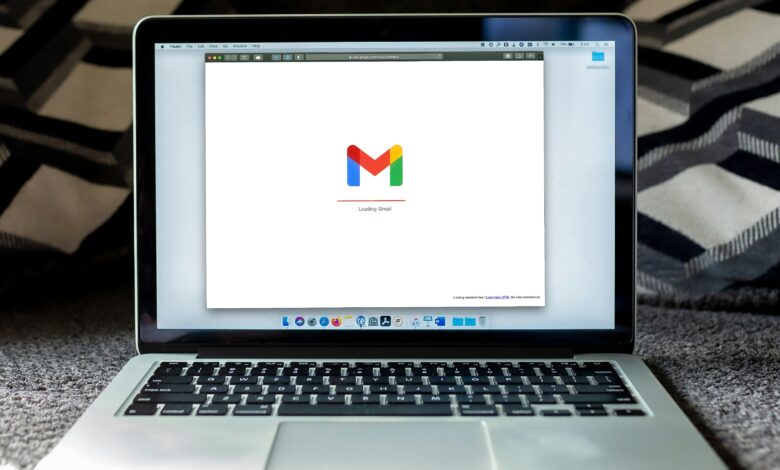Gmail Will Recategorize Low-Priority Emails: What It Means for Users

Introduction
Gmail, one of the world’s most popular email services, is rolling out a new feature aimed at improving inbox organization by recategorizing low-priority emails. This change is designed to help users manage their inboxes more efficiently by automatically identifying and moving less important emails to a separate category. This article explores the details of this new feature, its potential benefits, challenges, and implications for Gmail users.
Understanding Gmail’s Inbox Management
Gmail has long been at the forefront of email management, offering various features to help users maintain a clutter-free inbox:
- Tabs and Categories: Gmail introduced tabs like Primary, Social, Promotions, Updates, and Forums to automatically sort incoming emails based on their content and sender.
- Priority Inbox: This feature uses machine learning to identify and highlight important emails, ensuring they are more visible to the user.
- Filters and Labels: Users can create custom filters and labels to organize emails according to their preferences.
The New Feature: Recategorizing Low-Priority Emails
The latest update from Gmail focuses on recategorizing low-priority emails. Here’s how it works:
- AI and Machine Learning: Google’s AI algorithms analyze email content, sender information, and user interaction patterns to determine which emails are of lower priority.
- Automatic Sorting: Low-priority emails are moved to a designated category or tab, separate from more important emails. This helps reduce inbox clutter and ensures that high-priority messages are more accessible.
- User Control: Users can customize the settings for this feature, allowing them to specify what constitutes a low-priority email and how these emails should be handled.
Potential Benefits
The recategorization of low-priority emails offers several benefits:
- Improved Inbox Organization: By automatically sorting out less important emails, users can focus on high-priority messages, leading to a more organized and manageable inbox.
- Time Savings: Users spend less time sifting through irrelevant or non-urgent emails, which can enhance productivity and reduce email fatigue.
- Enhanced Focus: With fewer distractions from low-priority emails, users can concentrate on critical communications, improving their overall email experience.
Challenges and Considerations
While the new feature promises several advantages, it also comes with potential challenges:
- Accuracy of AI: The effectiveness of the feature relies on the accuracy of Google’s AI algorithms. There is a risk of important emails being misclassified as low-priority, which could lead to missed communications.
- User Adaptation: Users may need time to adapt to the new system and understand how it categorizes their emails. There may be a learning curve involved in fine-tuning the settings to suit individual preferences.
- Privacy Concerns: Some users may have concerns about the extent to which their email content is analyzed by AI algorithms. Ensuring that privacy is maintained while offering personalized email management will be crucial.
How to Use the Feature
Users can take advantage of this new feature by following these steps:
- Enable the Feature: Once the feature is rolled out, it can be enabled through Gmail’s settings. Users will find an option to turn on low-priority email recategorization.
- Customize Settings: Users can customize the criteria for what constitutes a low-priority email. This can include sender information, email content, and interaction history.
- Review and Adjust: Periodically review the recategorized emails to ensure important messages are not being misclassified. Adjust the settings as needed to improve accuracy.
Future Implications
The introduction of low-priority email recategorization is part of a broader trend towards more intelligent and personalized email management. Future implications of this feature include:
- Enhanced AI Capabilities: As AI algorithms continue to improve, the accuracy and effectiveness of email management features will increase, offering even greater efficiency and convenience.
- Integration with Other Services: This feature could be integrated with other Google services, such as Google Calendar and Google Tasks, to provide a more cohesive productivity suite.
- Expanded Customization: Future updates may offer even more customization options, allowing users to tailor their email management experience to their specific needs and preferences.
Conclusion
Gmail’s new feature for recategorizing low-priority emails represents a significant step forward in email management. By leveraging AI and machine learning, Google aims to help users maintain a more organized and focused inbox. While there are challenges to address, particularly in terms of accuracy and user adaptation, the potential benefits make this a promising development. As users begin to adopt and fine-tune this feature, it is likely to become an invaluable tool in managing the ever-increasing volume of email communications.




